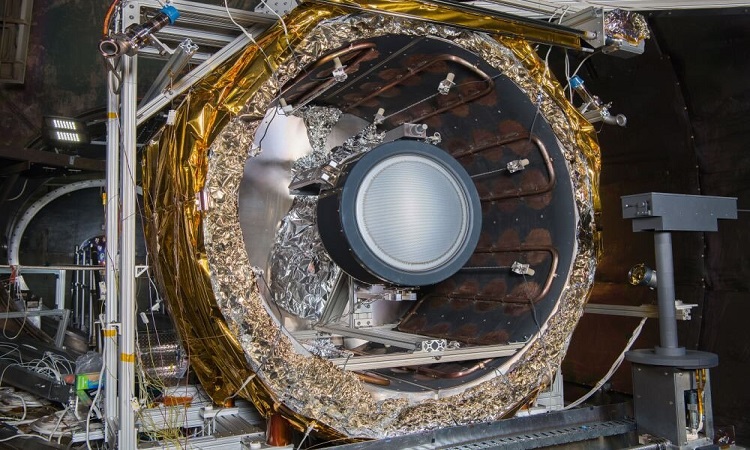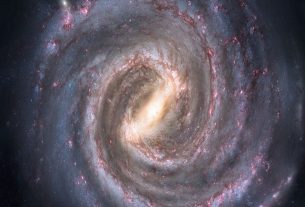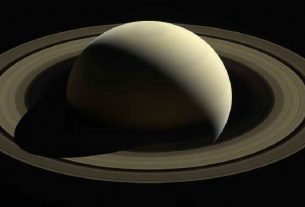NASA completes the DART Mission, scheduled for July 2021, which studies the feasibility of kinetic impact deflection of asteroids, a technique that could prevent a dangerous asteroid from impacting Earth by changing the motion of the star in space.
Although the probability of an asteroid hitting Earth is low according to NASA predictions, the US agency has spent years working on a project to protect our planet in the event that it could happen through the Mission DART (Double Asteroid Redirection Test or Test of Redirection of the Double Asteroid in Spanish).
A mission whose objective is to deviate the trajectory of an asteroid from its orbit for the first time and thus build impact models that can be used to prevent a dangerous asteroid from impacting by changing its displacement in space. To do this, the agency will use an ionic propellant called NEXT-C, which it has announced is now ready for use.
The asteroid chosen for the first test was Didymos B, which is part of the Didymos binary system (“twins” in Greek), located between Mars and Earth that orbits every two years around the Sun and once a year around Earth. moon and is slightly tilted with respect to its elliptical.
The mission will launch in July 2021, when NEXT-C is scheduled to head to Didymos to crash into the small moon using the kinetic impact technique in order to modify its trajectory and build impact models that can serve to deflect asteroids. to go to Earth.
The propeller, developed at NASA’s Glenn Research Center, has already undergone a series of environmental and performance tests that it has successfully passed. In addition to its use on the DART Mission, the US agency plans to use the NEXT-C on a wide variety of unmanned missions from 10 to 15 years that could include going to other asteroids, comets, or planets like Venus.




